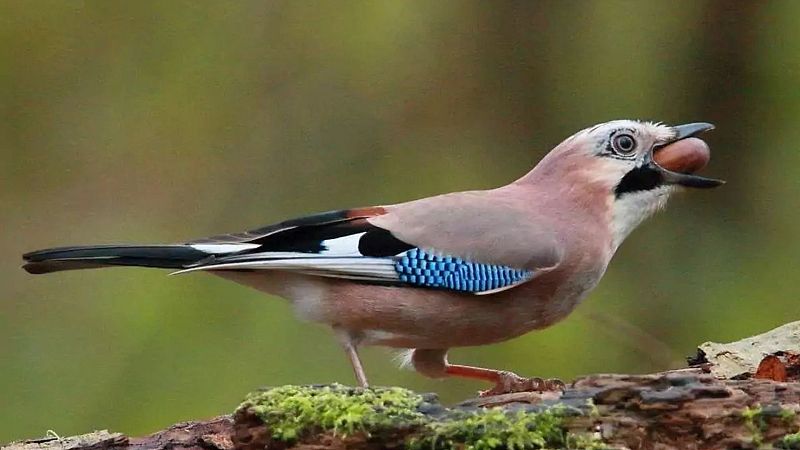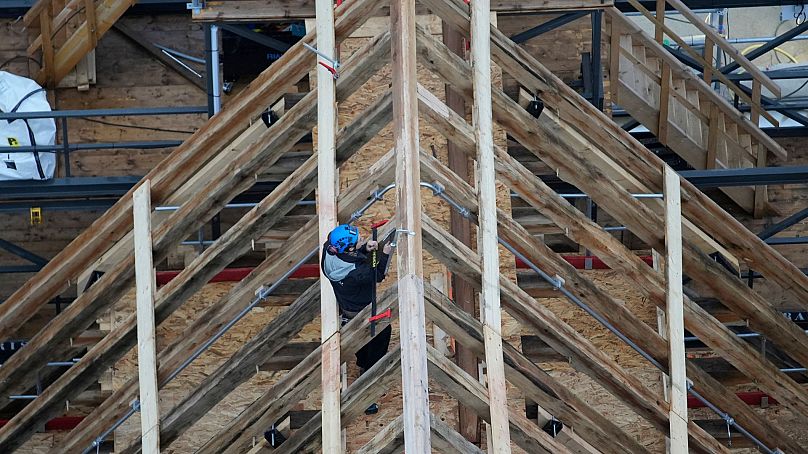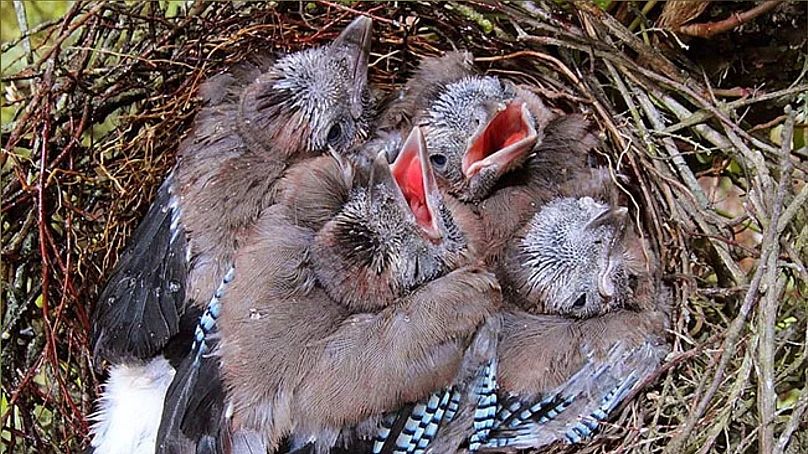With all eyes on the Paris Notre-Dame reopening, the cathedral’s saviour is revealed as the jay bird

Paris’s Notre Dame cathedral celebrated its first mass in five years this week after it was devastated by fire in 2019. And it’s all thanks to birds…
When the French government decided to reconstruct the landmark cathedral, it announced the 12th-century Gothic structure would be built ‘á l’identique’: as an identical replica of the original, using traditional timber construction rather than modern techniques.
Though there were protests against the controversial decision to fell 2,000 centuries-old French oaks for the restoration project, the International Oak Society calculated that the carbon cost of doing so would be much lighter than using steel and concrete.
And France’s Quercus et Garrulus association (Latin for ‘oak and jay’) reveals that the majority of the Notre-Dame oaks were not planted manually - but by Eurasianjays.
Jays are nature’s own original ‘rewilders’
Each autumn, jays hide up to 5,000 acorns in the ground to prepare for winter – with 50 per cent of these going uneaten. The abandoned acorns then germinate into oak saplings.
Each year, jays plant two billion such acorns across France, according to estimates by Quercus et Garrulus.
Previous French studies have shown that 59 per cent of the country’s young oaks are planted by jays, with similar figures across Europe. In fact, more than half the trees in new woodlands in lowland England were planted by jays rather than landowners, charities or machines, according to a 2021 UK study published in the journal Plos One.
The jay’s Latin name is Garrulus glandarius – which roughly translates to ‘chattering acorn gatherer’. As well as eating the nuts, studies have shown that the bird deliberately cultivates oak saplings to feed the nutritious first leaves, known as cotyledons, to its chicks in spring.
A new project is boosting jays’ efforts to rewild French forests
Oak trees are France’s main forest species - and the so-called ‘king of the forest’ is rich in biodiversity, home to 1,500 animal and plant species. Current French oak groves are carbon sinks, capturing CO2 equivalent of eight million tonnes.
With 2024 set to be the hottest year on record due to the climate crisis, such forests are increasingly necessary to mitigate the impact of greenhouse gases. Since jays are responsible for half of all new forest growth, they can help accelerate the migration and adaptation of oaks to new territories.
To enable this, Quercus et Garrulus has created the SAGE ‘Jay-Assisted Seeding’ system – which provides acorn bins at strategic locations to assist the birds in their annual seeding.
The association says that jays given access to the SAGE system have planted oaks hundreds of kilometres from their current habitats. Experiments have shown that the birds can adapt to planting chestnuts, beechnuts and other species, meaning even more varied, thriving forests for the future.
Yesterday



